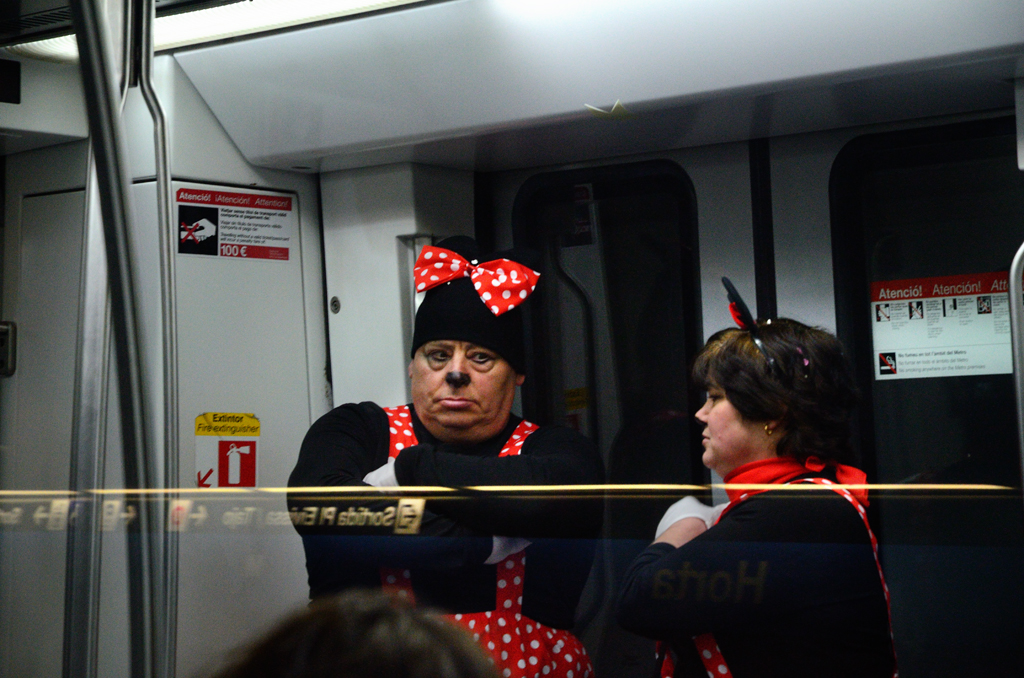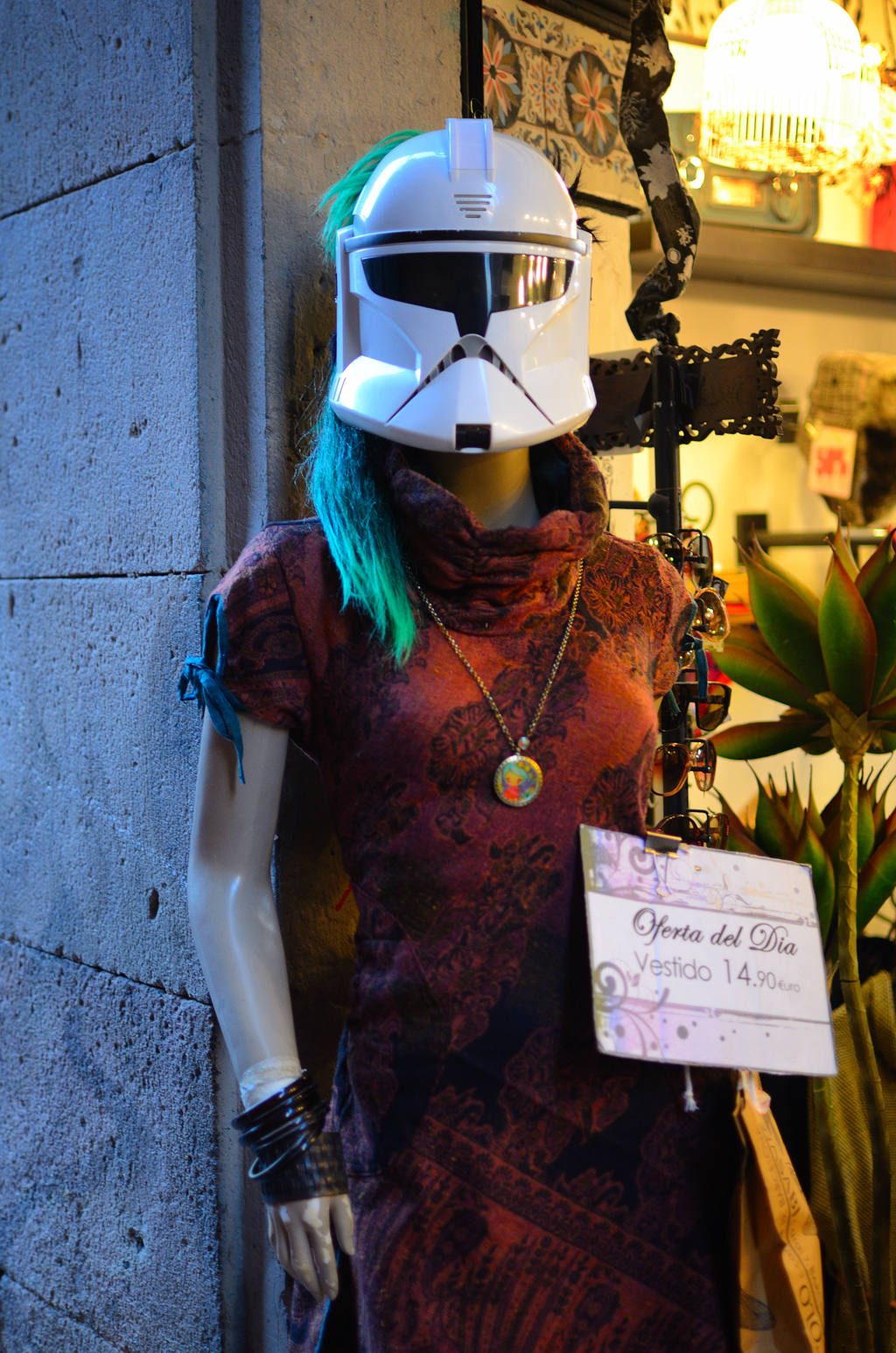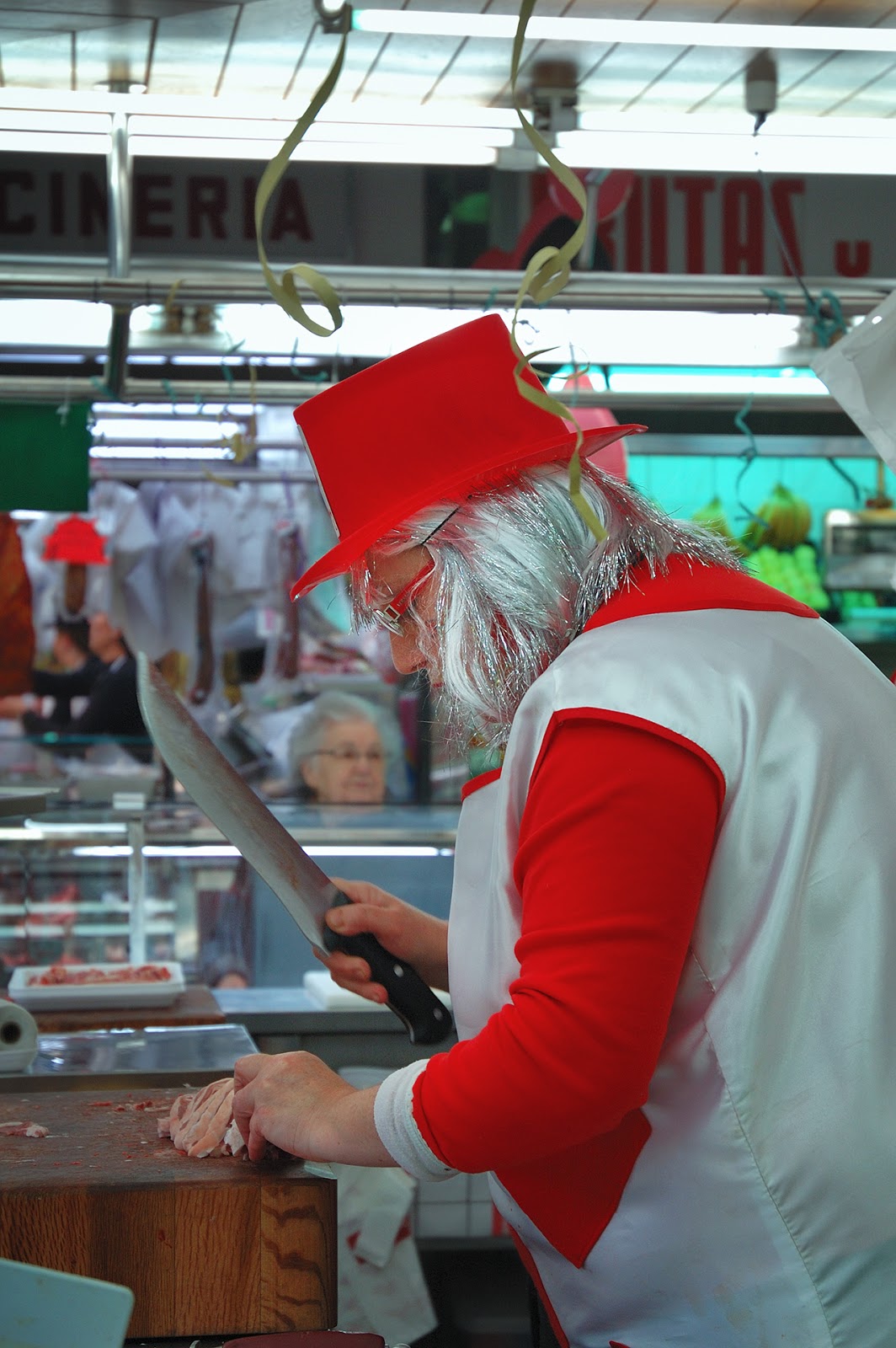Casa Batlló is one of the most iconic buildings in Barcelona, located on the famous Passeig de Gràcia avenue. Designed by the brilliant architect Antoni Gaudí, Casa Batlló is a masterpiece of Modernist architecture and one of the highlights of Barcelona for both locals and visitors.
The History of Casa Batlló
The building was originally constructed in 1877 by Emilio Sala Cortés as a conventional house in the Eixample district. In 1904, Josep Batlló i Casanovas, a wealthy textile industrialist, acquired the property and commissioned Gaudí to completely remodel and redesign the building. Gaudí worked on Casa Batlló from 1904 to 1906, completely transforming it into the astonishing building we see today.
Gaudí aimed to avoid straight lines and traditional architectural solutions. He redesigned the internal partitions, replaced the floors, staircases and courtyard, and installed lifts to give the building a new facade and roof. The result was a fascinating riot of colors, textures, and forms that represented Gaudí's unique vision and skills.
Casa Batlló has been designated a UNESCO World Heritage Site, along with several other Gaudí works in Barcelona. It is now open to the public as a museum and receives over 1 million visitors per year who come to admire Gaudí's imaginative designs.
The Exterior Facade
The facade of Casa Batlló is one of its most eye-catching elements. It features a striking mosaic decoration using 'trencadís' - broken ceramic pieces in green, blue and orange which Gaudí obtained from waste scraps from a tile factory. The tiles glitter in the sun and evoke the scales of a mythical creature. The building has been nicknamed "Casa del Drac" (House of the Dragon) because of its reptilian appearance.
The balconies on the facade resemble carnival masks with its irregular oval openings for eyes and buttons and bones shaped in wrought ironwork. The smooth curves are reminiscent of water lilies. Meanwhile, the arched roof is likened to the spine of a dragon. Gaudí used typical Modernist ornamental elements but subverted structural logic to create an oneiric, fantasy-like effect.
At street level, the building appears to be supported by columns that twist as they descend and fan out to anchor the structure. This was an innovative approach by Gaudí to devise new architectural forms and make better use of space.
The Loft and Noble Floor
Entering Casa Batlló, visitors are greeted by the building's famous central skylight staircase, filling the space with natural light. The grand noble floor was designed for receptions and parties by the Batlló family.
Here one finds the main hall with windows overlooking Passeig de Gràcia. The wooden coffered ceiling resembles the ribcage of an animal. The doors are decorated with bone-shaped handles. Various salons lead off the main hall, all featuring Gaudí's signature curves and clever use of light and space.
The loft under the attic roof was originally a service area for the building residents but now houses the museum exhibition. It displays furniture designed by Gaudí for Casa Batlló and explains his architectural approach. The loft has a peaceful, reflective atmosphere with its reduced palette of white and gray.
The Noble Floor and Courtyard
Below the main floor, the noble floor contains the grand rooms used by the Batlló family. The ceilings are spectacular vaulted arches with circular apertures that create intriguing light patterns.
The wooden doors were designed by Gaudí and crafted by cabinetmaker Eudald Puntí. Each one is unique with different ornamental motifs. The handles are also Gaudí's design in various ergonomic shapes for ease of use.
The central patio provides ventilation and natural light inside the building. Gaudí replaced the existing courtyard with his signature catenary arches in brick, topped by a hyperbolic paraboloid roof - one of the few straight lines in Casa Batlló!
The Roof Terrace
One of Casa Batlló's most impressive elements is its roof covered in mosaics creating a color explosion. The roof terrace offers spectacular 360 degree panoramic views over Barcelona. Twenty-six different structures rise from the roof, resembling chimneys or medieval warriors wearing helmets according to different interpretations.
The centerpiece is the tower topped with a four-armed cross, the symbol of Barcelona. Gaudí incorporated allegorical and heraldic elements representing Saint George and the Catalan flag into his design. Mosaic tiles in green, brown and yellow contrast with the bright blue of the Catalan sky.
A feature unique to Casa Batlló is the stone water drainage system formed of conduits following the shape of the roof that Gaudí created. It demonstrates his attention to functional details as well as aesthetics in his visionary architecture.
Gaudí's Vision and Techniques
Casa Batlló demonstrates Gaudí's masterful ability to innovatively re-conceptualize architectural space. Gaudí was given complete freedom by patron Josep Batlló to redesign the building as he saw fit. He focused on eliminating straight lines and planes and creating dynamic, twisting forms resembling shapes found in nature.
Gaudí used complex modeling techniques including plaster, cardboard, ropes and weights to design organically shaped walls, ceilings, doors and windows. These forms allowed him to bring light deep into the inner spaces of the building in innovative ways. He also incorporated symbolism from local history and mythology.
Casa Batlló highlights Gaudí's genius in employing superior craftsmanship and structural engineering to realize his artistic vision. The lower floors required reinforced stone walls to support the open-planned loft space. The interior patio created a light well that ventilated and illuminated the entire building.
Gaudí was deeply knowledgeable about traditional architectural methods of brick vaults and Catalan vaults. At Casa Batlló, he demonstrated his creativity by producing new versions like the hyperboloid and parabolic vaults that curve in novel, unconstructed forms.
Antoni Gaudí was a pioneer in the use of new materials and techniques in architecture. His work at Casa Batlló showcases some of his most innovative ideas.
Trencadís
One of Gaudí's signature techniques is the use of trencadís, a type of mosaic made from broken pieces of ceramic, glass, or stone. This technique can be seen on the façade of Casa Batlló, where Gaudí used colorful ceramic shards to create a vibrant and textured surface. The use of trencadís allowed Gaudí to achieve complex and intricate patterns, adding depth and visual interest to his designs.
Organic Shapes
Gaudí was heavily influenced by nature, and this is evident in the organic shapes and forms found throughout Casa Batlló. The undulating façade, the curved balconies, and the fluid lines of the interior spaces all reflect Gaudí's fascination with the natural world. By incorporating these organic shapes into his designs, Gaudí created a sense of harmony and unity between the building and its surroundings.
Structural Innovations
Gaudí was also a pioneer in the use of innovative structural techniques. In Casa Batlló, he employed the use of catenary arches in the attic, which allowed for a more open and flexible space. These arches, inspired by the shape of a hanging chain, distribute weight evenly and provide excellent structural support.
UNESCO World Heritage Site
In 2005, Casa Batlló was inscribed as a UNESCO World Heritage Site, recognizing it as a masterpiece of human creative genius. UNESCO declared it "an outstanding example of Antoni Gaudi's architectural work which brought innovative solutions to structural design and representational architecture."
UNESCO also highlighted Gaudi's technical innovations in Casa Batlló: "The structural solutions offered by Gaudi were unconventional, with a profound understanding of structures grounded on careful analysis and inspired by natural objects and organisms."
As a World Heritage Site, Casa Batlló has enhanced protection to maintain its unique heritage and outstanding value for future generations. Visitors are also educated about its cultural significance.
Visiting Casa Batlló
No trip to Barcelona is complete without visiting the spectacular Casa Batlló, a highlight of the city's architectural treasures. Tickets can be purchased online in advance or at the ticket office on site.
Casa Batlló is open every day from 9am to 9pm. A standard ticket allows access to the main floor, loft, roof, courtyard and exhibition space. Audio guides are available for an enhanced experience learning about the history and details of this Barcelona icon. Photography is permitted (without flash).
For those short on time, a fast-track ticket allows direct access to the roof terrace via a separate entrance to marvel at the mosaics. Combined tickets with other Barcelona attractions like the nearby Casa Mila are also available.
Visiting Casa Batlló is an opportunity to stand inside a surreal, dreamlike architectural sculpture brought to life. It remains a testament to Gaudí's unparalleled creativity and vision that continues to astonish all who view it.





![Port of Barcelona [enlarge]](http://1.bp.blogspot.com/-a0c-sI78Vhs/UoqU8u51fsI/AAAAAAAAG_g/PJw8dLz5GVw/s1600/DSC_0090Port-of-Barcelona-.jpg)








![Costumes from Around the World: Barcelona Carnival 2008 [enlarge]](https://i63.photobucket.com/albums/h135/carloslorenzo/WomaninBlue_.jpg)
![[enlarge]](https://i63.photobucket.com/albums/h135/carloslorenzo/CarnivalinBarcelona_FootballLady_.jpg)
![Carnival Costumes: Bolivian Devil, Barcelona Carnaval 2008 [enlarge]](https://i63.photobucket.com/albums/h135/carloslorenzo/BolivianDevil_.jpg)